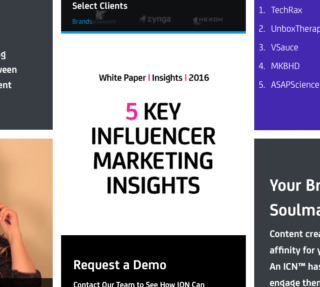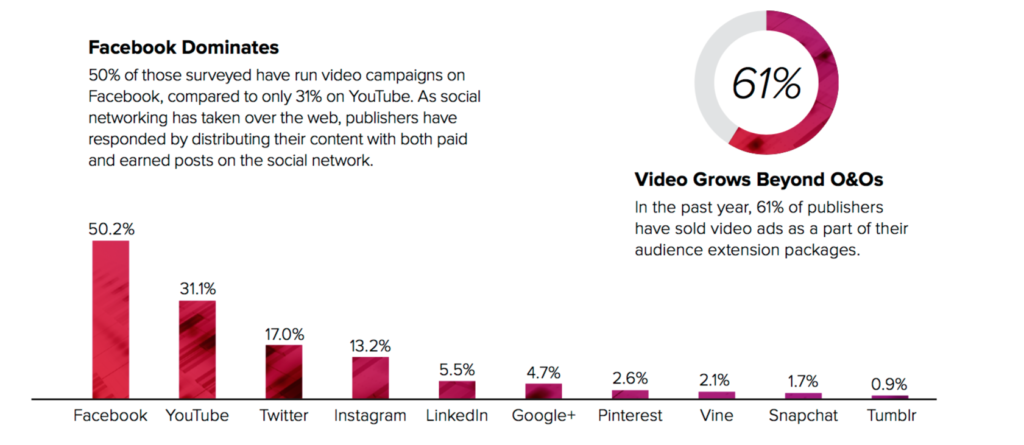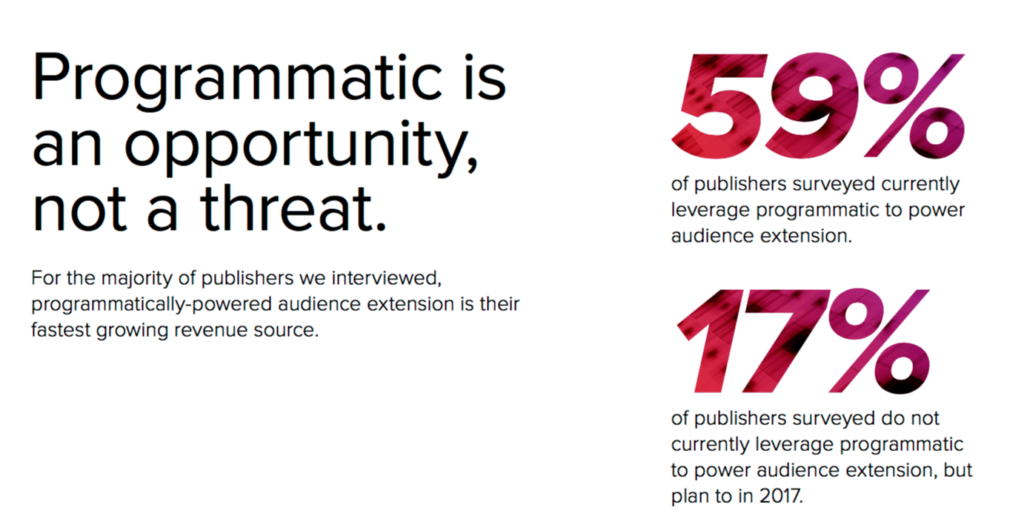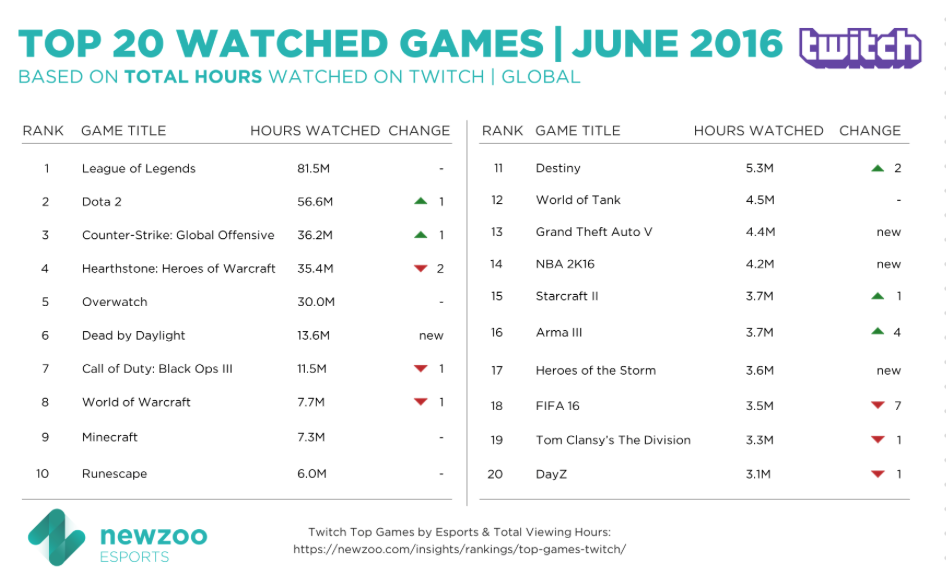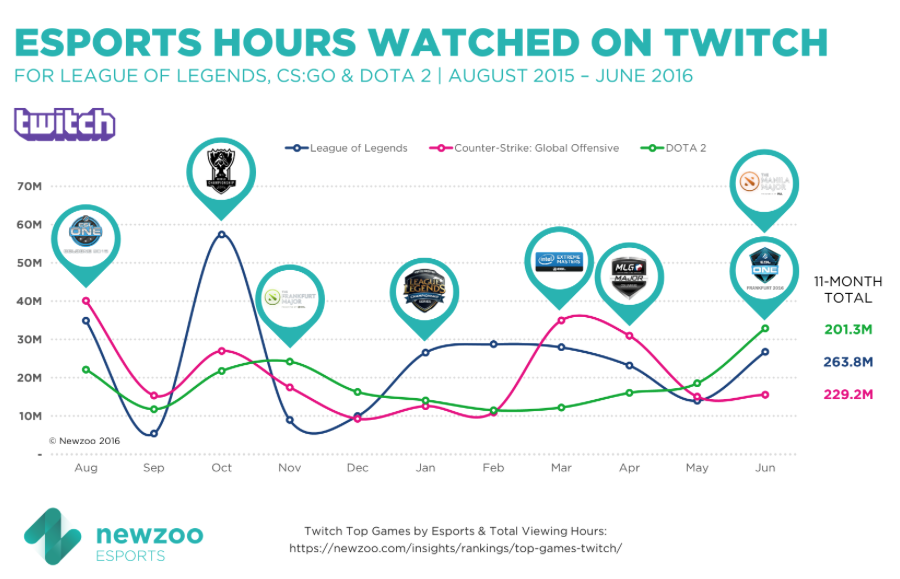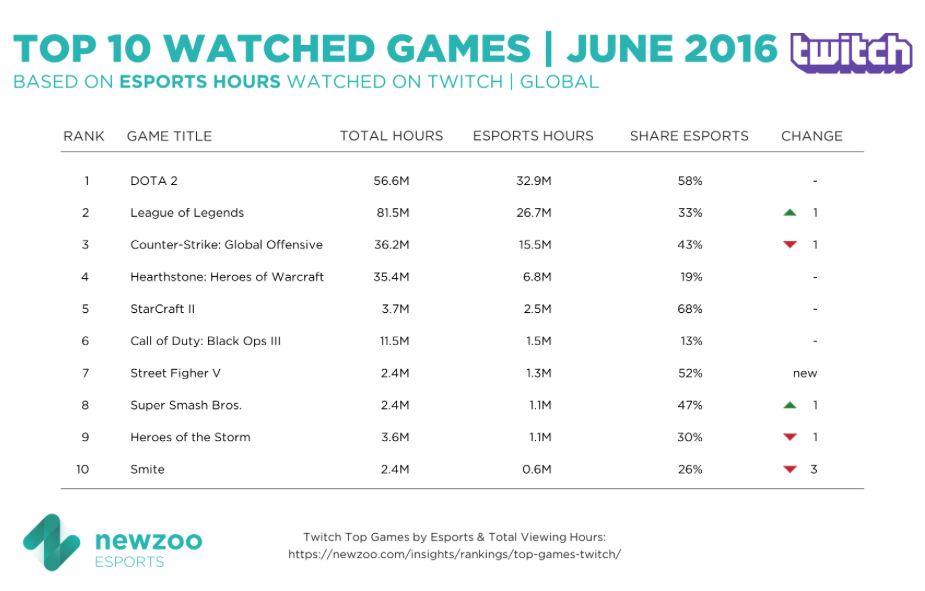Disney Interactive is targeting moms and millennials with its new match-3 mobile game, Disney Emoji Blitz, which features over 400 emoji based on Disney and Pixar characters from films like The Little Mermaid, The Muppets, Monsters Inc., Toy Story, Finding Dory and Frozen.
Once an emoji is collected within the game, it is also unlocked in the special keyboard, which can be used to send Disney and Pixar emoji to friends in messages. With over 6 billion emoji sent around the world a day, Disney hopes to connect with this huge global audience. Disney Emoji Blitz has launched ahead of July 17, which is World Emoji Day.
Nacia Chambers, executive producer of Disney Emoji Blitz at Disney Interactive explains how the company is marketing this new take on match-3 in this exclusive interview with [a]listdaily.
Why did you decide to focus on emoji?
A little over a year ago, we started to realize how popular emoji were becoming in the culture at large. They’ve become a really fun way to communicate, which matches up so well with Disney storytelling. From there, it was just a little jump to creating those same, well-known, set of expressions for beloved Disney and Pixar characters at the center of a game and keyboard.
What does Emoji Blitz add to the match-3 mobile game genre?
We made a few tweaks to the crafted power-ups you typically see in match-3 games. Also, our meta game is not a linear saga map. It’s not new, but it feels refreshing.
Also, Emoji Blitz has more excitement than your normal match-3. Each game is a 60-second round filled with action, blitz modes, combos and power-ups. Plus, you never lose a level like in some match-3s. Every round of pure positive fun earns you gold, which you use to buy new emoji!
The bigger difference is our Disney emoji characters. Each character emoji has a unique power-up that affects the match-3 board in a way that relates to the Disney character you know and love. They add charm, whimsy and bring the Disney magic to each round.
Probably our biggest innovation is the extension keyboard. When you collect an emoji character in the game, it unlocks in an extension keyboard that you can use to communicate via text and email. As far as I know, this is the first game to offer that additional value to players. With the theme of Disney emoji, it was a natural fit and we’re glad that we were able to bring it to our audience.
How does the game connect with a person’s real chat and messaging through emoji?
As you play Disney Emoji Blitz, you collect emoji—both characters and items. Included as part of the Disney Emoji Blitz app “bundle” is an extension keyboard. When you install it, you can use all of your collected emoji in messaging apps. Players will be able to express themselves with a total of 400 emoji, eight expressions per character and over 200 Disney emoji items like Mickey’s shoe or a princess gown.
How do in-app purchases work?
The players can earn coins (soft currency) and gems (hard currency) through playing the match-3 rounds, competing on the leaderboards, as well as completing missions, item cards and daily challenges and villain events. Coins can be used to purchase new emoji through mystery boxes and boosters for the match-3 rounds. Gems can be used to speed up the game through things like skipping missions or speeding up timers. The whole game can be played for free, and all emoji unlocked for free using the earned coins and gems, but players are also able to speed up their progression with real money if they choose.
How does your game tap into the various Disney brands such as Star Wars, Marvel, Pixar and others for emoji?
At its core for now, Disney Emoji Blitz focuses on Disney and Pixar character emoji. However, our item emoji give us flexibility to include some of the other brands in the Disney family. You’ll find lots of Disney Parks-themed item emoji at launch, including the Mickey Premium Bar, Matterhorn and Mickey Mouse Ear Hat emoji. And we’ll be adding more Disney brands over time. The game can also pull in different IPs through our special events. We already have fans asking for Star Wars and Marvel emoji, so it is very top of mind for the team.
What’s your target demographic for this game?
Our target demographics are moms and millennials. But we hope that Disney fans and casual gamers of all ages enjoy Disney Emoji Blitz.
How are you marketing this game to that age group?
We’re running a paid advertising campaign on Facebook, Instagram and other channels that help us to specifically target players in our demographic who love casual games. Because of the social nature of emoji, we’re also promoting the game on our Disney-owned social outlets with really adorable emoji ad creative to pull in Disney fans. We are also launching Disney Emoji channels on Instagram (@DisneyEmoji) and Facebook (@DisneyEmoji).
The team also has bi-coastal awareness events planned for our launch weekend… one in Times Square in New York City and one in Anaheim at Downtown Disney. We did a mini-takeover in Times Square at the Disney Store on July 14, with fun giveaways and the game on the jumbotron, Disney and Pixar emoji face fans for the crowd, and a takeover of the Disney Store front wall. On July 17, World Emoji Day, we’ll be celebrating at Downtown Disney with Radio Disney. There will be game demos, photo ops, contests and fun surprises for fans. Both events are going to be amazing.
What type of cross-promotions are there for this game across Disney brands?
Our marketing team has put together amazing support for this game in our launch window. During the mini-takeover of Times Square on the 14th, Good Morning America celebrated World Emoji Day and the launch of the game on air. Disney Channel will be celebrating the launch of the game starting on World Emoji Day, and we’ll be supported by the Disney Parks and Radio Disney at our Downtown Disney event on July 17.
What’s the rollout plan for additional emoji?
At launch, we’ll have more than 400 emoji. There will be 33 character emoji with eight expressions each, and over 200 Disney-themed item emoji like Cinderella’s slipper and a thumbs up Mickey glove. We’ll be adding two-to-four new character emoji and a handful of new item emoji every month.
